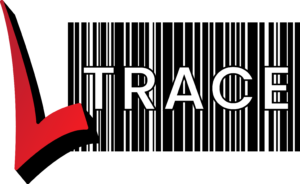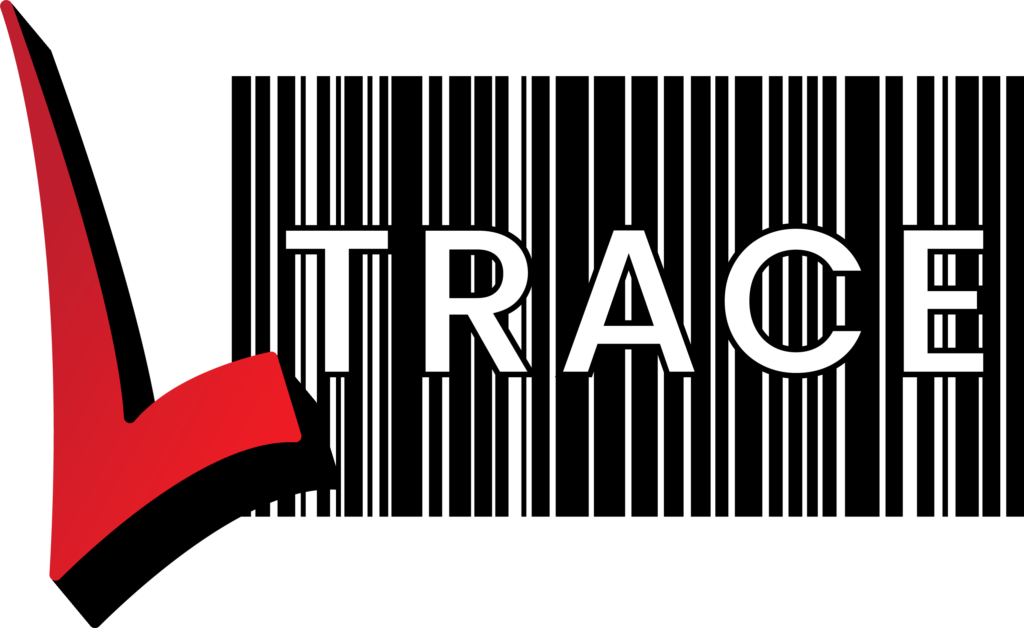Frequently Asked Questions
Benefit Questions
What are the biggest benefits of a tracking system for CSSD?
The biggest one would probably be “no wasted time searching for items when theatre can’t find them”.
There are also many other benefits for CSSD. The system is primarily designed to streamline CSSD. These benefits include:
- Photos to assist in the processing of items
- Count sheets automatically printed
- Alerts and warnings to ensure items are correctly processed
- Visibility as to what is in a steriliser or washer
- Instant reports
What are the biggest benefits of a tracking system for theatre?
The ability to quickly find items is probably the biggest benefit for theatre staff.
LTrace will also assist with communication between CSSD and theatre. For example, it is possible to leave instructions or questions (e.g. “please send x of for sharpening” or “please ask surgeon to check x”).
For most procedures, however, LTrace won’t make a significant difference. Our goal for theatre is to try and impact them as little as possible, while giving everyone the maximum possible benefits.
What are the biggest benefits of a tracking system for infection control?
Hopefully you will never need to answer this question, but if problems ever do arise, LTrace will quickly answer questions like
- which patients used these items before or after this patient?
- which patients used items from this batch?
- what items are common between these patients?
Installation Questions
How long will installation take?
The installation time varies widely but is dependant on:
- the number of instruments that are in circulation
- how accurate your current records are on what you have
- how much information you want to record including photos and instructions
We will normally instruct you on what information must be gathered. Once we have this information the software can be installed relatively quickly and the data imported.
If you require bar coding or etching on instruments then you must also give consideration to the amount of time this will require.
It is possible to have the system operational while bar coding trays or instruments as they come through.
For a better idea as to the stages of installation, please see this article.
How many visits will it take?
We like to stagger the installation over a number of visits. This then gives you time to complete that stage before moving onto the next.
In the first visit we typically create the hierarchy of items and may import the database of trays and instruments. You then need to bar code as many items as possible.
In the second visit we then start printing the external labels and scan them into sterilisers.
In the third visit we may then focus on theatre and/or stores.
Finally we then commission decontamination and other features.
IT Questions
What database engine does LTrace use?
LTrace is installed on Microsoft SQL Server
For a smaller installation the free version is possible but not recommended for more than 4 PCs.
For larger installations, their IT department may already have a SQL Server onsite.
There are also third party data warehouses that can be used to host the server.
We can provide advice and assistance with the database installation and maintenance.
What is the maximum number of users?
LTrace is a very “light” application. That is, it places very little demand on the server or network. For this perspective it can support thousands of users. The main limitation will probably be your database server. Advice on the best server configuration is available.
What bar code scanners are available?
Where price is a major factor, a bar code permanently connected to the PC is available. This is similar to the ones found in many clothing retail outlets. We recommend that a blue tooth scanner be used. This eliminates the cable allowing the scanner to be brought to the item. These scanners can transmit up to 80m back to the PC. Where a PC is not available, a handheld PDA scanner will soon be available.
How many label printers will I require?
You will probably require the following in each CSSD: one label printer to print labels with a steriliser indicator strip for sterilised items one label printer to print labels without an indicator strip for sterrad, decontaminated only and stock items (optional) one permanent label printer to print barcodes in etching is not used. one laser printer to print the count sheets It is possible to have just the one label printer if the indicator strip is not required. An existing laser printer will probably be used. Additional printers may be required where multiple staff are packing at once.
Can the software be installed on terminal servers?
Yes. The server will need to provide support for the barcode reader. It must also have access to the database server
Financial Questions
How much?
The price of LTrace depends upon the size and complexity of the installation. In many installations we will also recommend changes to layout or workflow. We also provide customised software development to ensure that LTrace makes your facility the best it can be.
In the end LTrace is a very cost effective solution that will save you time and effort in your day to day procedures as well as your monthly and annual reporting.
That’s really not much of an answer. If you are a small dental practice or GP in Sydney then a full installation will start at about $5,000. A large hospital with custom features may cost over $100,000.
We won’t go as far as saying “no job too big or small” because there some jobs that are too small, and we try to limit the number of large jobs that we will do at any one time.
What is the ROI?
I once heard a consultant say “you don’t buy a tracking system to make you money”. In one sense, a tracking system is a compliance system and is not intended to have a return on investment. It’s an overhead cost.
At the same time, however, I fundamentally believe that a good tracking system should be making life simpler for users, especially in CSSD. There should be reduced training times, less time wasted searching for items, faster reporting, reduced time printing count sheets and other small time savers.
In private hospitals, the ability to accurately invoice a patient or surgeon the true sterilisation cost is a huge benefit. In most hospitals the cost of sterilisation is typically buried in overheads or allocated based on a totally inaccurate method such as time in surgery. LTrace ensures that patients or surgeons are only charged for what they used.

